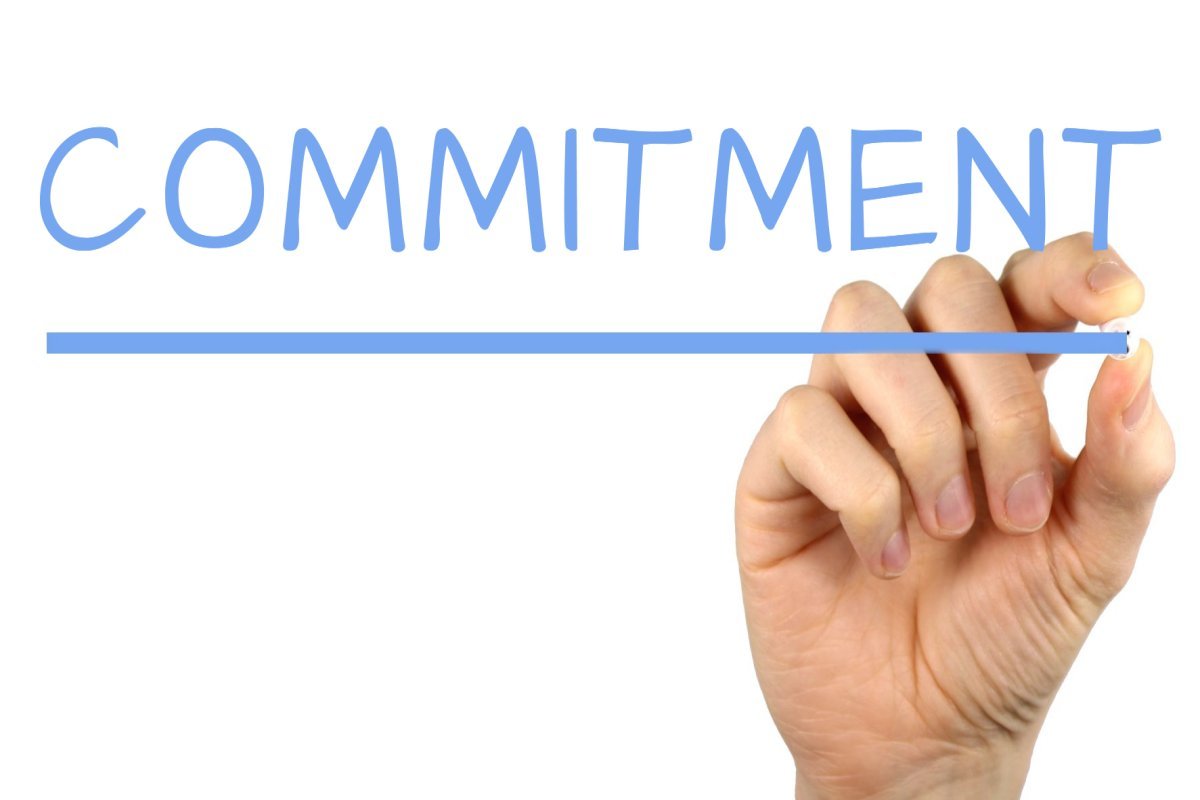The Commitment
Both teacher and student are making a commitment.
The teacher devotes time and energy to seeing the musician flourish.
The student agrees to a time commitment and financial commitment.
Time Commitment
The committed flute student regularly practices and comes to the weekly lesson.
Practicing
You get out of what you put into it. But a reasonable practice time is 30 minutes for 5 days a week.
You could do more or even less, but the important thing about practicing is being very focused and goal oriented during your minutes spent on music.
Attending Lessons
Your other time commitment is consistently coming to your lessons. Of course, from time to time everyone gets sick and needs to reschedule. There is no need to bring the Bubonic Plague into my studio.
But otherwise I do expect my students to regularly attend their lessons. I refer to inconsistency as the flaky factor. A flaky student practices little or cancels lessons often. If you have a high flaky factor, your lesson slot will go to a more committed student.
Making Progress
Lastly, there is no contract to sign. But I encourage beginning students to plan on doing flute for a full year before deciding whether to continue with flute or pursue another interest.
Learning an instrument is an exciting experience that includes hard work. Don’t quit the first time it gets hard or you don’t feel like practicing!
Financial Commitment
I always treat the parent’s money as if it is my own and will only recommend truly necessary instruments and learning materials.
But the music family should understand that there are a number of upfront and continuing expenses when committing to flute lessons.
Starting Up
Initial expenses include a sturdy music stand ($30), a metronome tuner ($30), a lesson book ($25), and a regular notebook. The largest upfront expense is the flute itself.
There are flute rental options available through local music stores, but buying your own instrument is usually cheaper in the long term even if you later quit lessons and sell the flute.
Finding the Instrument
Musical instruments fall on a continuum of student to intermediate to professional. Typically a beginner starts with a student flute. Later if the musician has become serious about playing, the flutist looks for a step up instrument.
A good student flute that is easily playable will cost over $500, and an upper intermediate flute will be closer to $2,000. However, finding a cheaper secondhand instrument is an option.
Whether you are looking for your first flute or a step up flute, it should have a headjoint that sings when you blow into it, an offset G key, and keys that easily seal when you press the keys. I can help you find the instrument that fits your musical and financial requirements.
Continuing On
Ongoing expenses include weekly lessons and the occasional lesson book and recital fee. The lesson cost covers your lesson time, access to me throughout the week for your questions, and my time spent finding and creating customized learning material for you.
You can choose a lesson length of either 45 minutes ($35) or 60 minutes ($45) when you come to my studio in Taylors, SC. I can travel to you for an additional fee.










